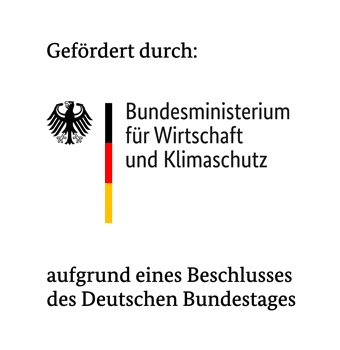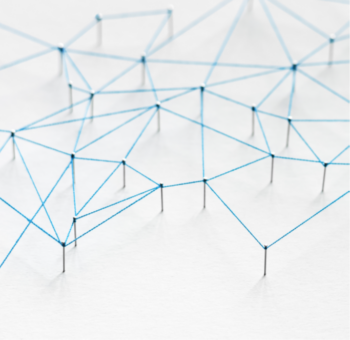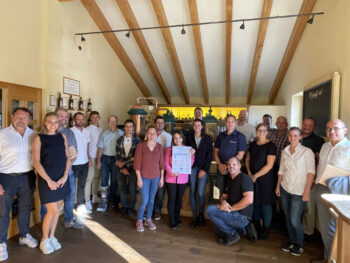This is How Much the Industry Could Relieve the German Power Grid
By flexibly adapting their electricity demand to the electricity supply in the grid, companies could make a significant contribution to stabilizing the power grid. The Kopernikus SynErgie project has now analyzed the extent to which industry could relieve the burden on the power grid. An international comparison also shows that flexibility solutions from Germany could become an international export hit.

As the share of renewable energies increases, fluctuations in the power grid also increase significantly. This threatens the security of the electricity supply – electricity supply and demand in the grid must always be kept carefully balanced.
Industry, of all sectors, can contribute to grid stability by flexibly adapting its electricity demand to the electricity supply in the grid. The Kopernikus SynErgie project of the German Federal Ministry of Education and Research has calculated the extent to which industry can contribute to grid stability:
- If more electricity is available in the grid than is needed, the German industry could increase its demand by 3.6 gigawatts (GW) for one minute. This is equivalent to the output of around 1030 onshore wind turbines. If the industry has to help out for a longer period, it can increase its demand by approximately 1.5 GW for at least 15 minutes (output of 430 onshore wind turbines).
- If less power is available in the grid than is currently needed, the industry could reduce its demand by around 5 GW for one minute (output of 1430 onshore wind turbines) – and by about 3.3 GW for at least 15 minutes (output of 940 onshore wind turbines).
“Our analyses show: The potential of German industry is enormous,” says Alexander Sauer of the University of Stuttgart, spokesman for the Kopernikus SynErgie project. “If we bring energy-flexible technologies into use, everyone will benefit in the end: the grid operators, the electricity consumers, and the companies that offer their flexibility on the market.” (FfE-translation of original German quote)
In calculating the flexibility potential, SynErgie took into account a total of 23 industrial processes that can be flexibilized and extrapolated them to Germany. Thanks to new flexibility technologies – for example, for the extraction of carboxylic acids – previous calculations could be corrected significantly upwards.
For the first time, SynErgie has also calculated the flexibility potential of other countries. The project took into account countries that have a significant influence on Germany’s electricity system as well as countries with a high electricity demand of their own.

In contrast to the national analysis for Germany, only chlorine, aluminum, cement, glass, electric steel, and mechanical pulp production were taken into account in the calculation of the international flexibility potentials, and only those processes that can be called up for at least 15 minutes (thereby excluding load shedding in secondary steel production, as this can only be called up for around 5 minutes). Consequently, the international analysis results in a deviating flexibility potential for Germany compared to the previous analysis. “These are industrial processes for which partners from our SynErgie project have already developed or are developing flexibility solutions. Our analyses, therefore, show that German flexibility technologies have the potential to become international export hits,” says Serafin von Roon of Forschungsgesellschaft für Energiewirtschaft mbH, responsible for the potential analysis in SynErgie. “Last year, the gas company Linde already commissioned an energy-flexible air separation plant in Denmark. In our estimation, this is just the beginning of comprehensive development.” (FfE-translation of original German quote)




